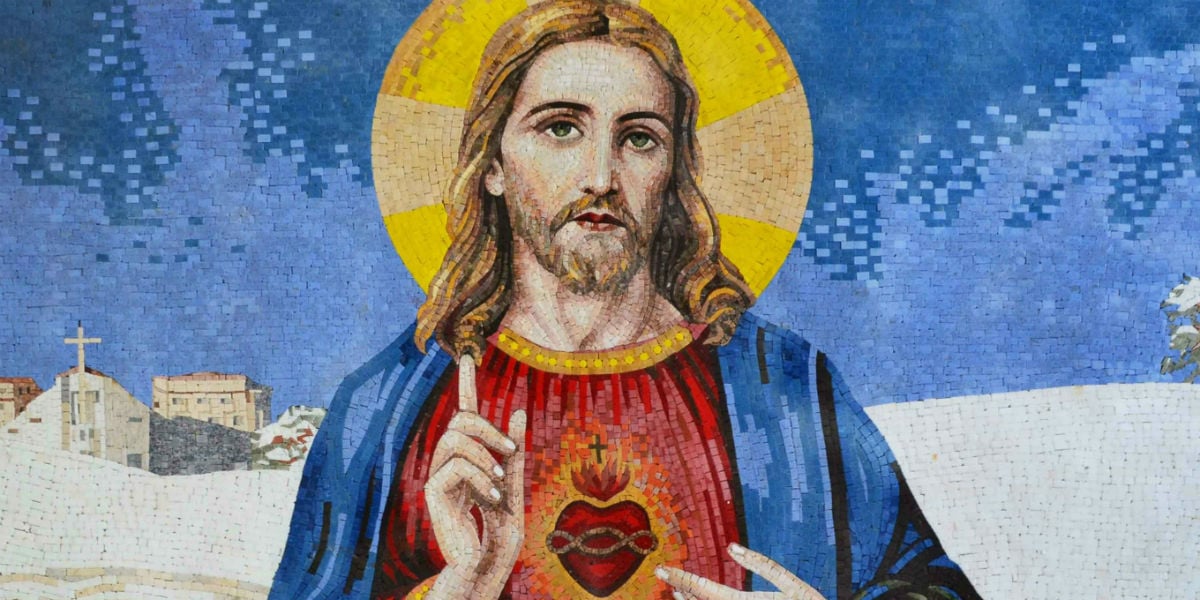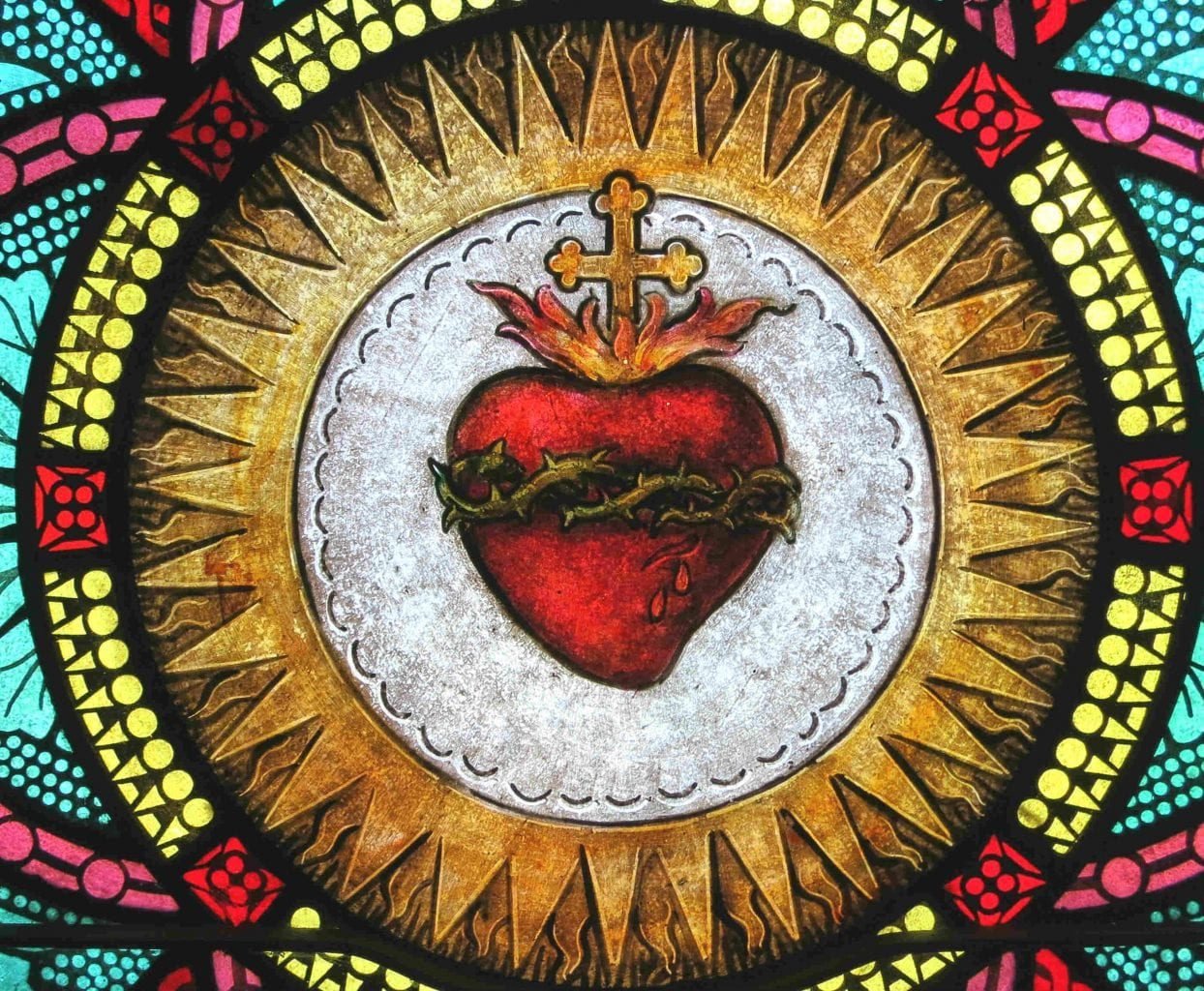St. Hildegard of Bingen
In this 14 minute podcast, Dr. Italy discusses the inspiring life of the great f...

Bonaventure reflects on the Sacred Heart of Jesus and the meaning of the blood and water flowing from the side of Christ crucified (John 19:34), the living water of sacramental grace coming from the loving heart of the Savior. He reflects especially on several lines of Psalm 36, used in the office of the feast : “Your love, Lord, reaches to heaven, your truth to the skies . . . In you is the source of life and in your light we see light.” (to listen to this excerpt read by Dr. Italy, click arrow below on left)
Take thought now, redeemed man, and consider how great and worthy is he who hangs on the cross for you. His death brings the dead to life, but at his passing heaven and earth are plunged into mourning and hard rocks are split asunder.
It was a divine decree that permitted one of the soldiers to open his sacred side with a lance [Jn. 19:34]. This was done so that the Church might be formed from the side of Christ as he slept the sleep of death on the cross, and so that the Scripture might be fulfilled: They shall look on him whom they pierced [Zech. 12:10].
The blood and water which poured out at that moment were the price of our salvation. Flowing from the secret abyss of our Lord’s heart as from a fountain, this stream gave the sacraments of the Church the power to confer the life of grace, while for those already living in Christ it became a spring of living water welling up to life everlasting.
Arise, then, beloved of Christ! Imitate the dove that nests in a hole in the cliff [Cant. 2:14], keeping watch at the entrance like the sparrow that finds a home. There like the turtledove hide your little ones, the fruit of your chaste love. Press your lips to the fountain, draw water from the wells of your Savior [Is. 12:3]; for this is the spring flowing out of the middle of paradise, dividing into four rivers, [Gen. 2:10] inundating devout hearts, watering the whole earth and making it fertile.

Run with eager desire to this source of life and light, all you who are vowed to God’s service. Come, whoever you may be, and cry out to him with all the strength of your heart. O indescribable beauty of the most high God and purest radiance of eternal light! Life that gives all life, light that is the source of every other light, preserving in everlasting splendor the myriad flames that have shone before the throne of your divinity from the dawn of time!
Eternal and inaccessible fountain, clear and sweet stream flowing from a hidden spring, unseen by mortal eye! None can fathom your depths nor survey your boundaries, none can measure your breadth, nothing can sully your purity. From you flows the river which gladdens the city of God [Ps. 46:4] and makes us cry out with joy and thanksgiving in hymns of praise to you, for we know by our own experience that with you is the source of life, and in your light we see light [Ps. 36:9].
For more on the meaning of the Sacred Heart of Jesus, listen to this 7 minute PODCAST or read this excerpt from the HEART OF THE WORLD by Hans Urs von Balthasar.
For more on the love of the Redeemer, see the JESUS section of the Crossroads Initiative Library.
This excerpt from a work by St. Bonaventure (Opusculum 3, Lignum vitae, 29-30. 47: Opera omnia 8, 79) focuses on the Sacred Heart of Jesus, font of sacramental graces and living water. It appears n the Roman Office of Readings for the Feast of the Sacred Heart of Jesus each year on the second Friday after the Feast of Pentecost. It reflects most especially on John 19 and Psalm 36. The blood and water flowing from the side of Christ are images of the love and life flowing to us from the heart of Christ through the sacraments of the Eucharist and baptism.
No Comments